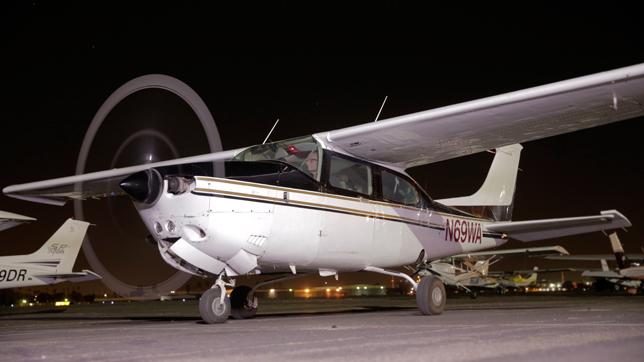Massive network repairs underway in Puerto Rico, USVI; wildfires keeping network teams busy in CA
Wireless network operators’ ability to respond to natural disasters and keep networks running, or restore operations as quickly as possible, continues to be tested with the ongoing hurricane recovery efforts on U.S. territories in the Caribbean, as well as the wildfires burning across California.
Carriers have been offering “data relief” for a limited time, as has become the norm in the major disasters this fall.
In California, much of the network emphasis has been on enabling first responder communications and restoring service rapidly to the local areas that have been impacted by the ongoing wildfires. AT&T reported that as of Oct. 13, 99% of its network was up and running in the impacted areas, supplemented by mobile cell sites in areas where towers had burned such as Santa Rosa and Calistoga. Verizon confirmed that as of this morning, 99% of its network is in service, although “there is still work to do” and some impacted sites are being backhauled via temporary microwave connections or run on generators because commercial power is out.
Svc has been restored in many areas & we deployed trucks w/water, masks, charging stations to assist folks on ground https://t.co/OYCsC2iRAn https://t.co/2zWkgd96TV
— Neville (@NevilleRay) October 12, 2017
Wireless technology is also being used to survey the network in wildfire-impacted areas. On Sunday, Verizon and American Aerospace Technologies flew a network reconnaissance flight, using a Cessna 210 aircraft equipped with high-resolution cameras and thermal imaging sensors to penetrate smoke, with LTE backhaul via Verizon’s network to send data to the

cloud while the plane was doing in-flight mapping. AATI is the company with which Verizon launched a flying cell site earlier this year. The images from the manned flight helped Verizon’s network team determine if cell sites were likely to endangered by approaching wildfires or if repairs were needed. Verizon added that it has added some temporary network equipment and boosted capacity at other sites to help with traffic demand.

Power, backhaul continue to be the biggest challenges in restoring Puerto Rico networks
According to the most recent figures from the Federal Communications Commission (pdf), 74.1% of cell sites are still down in Puerto Rico after being hit by Hurricane Maria on Sept. 12. While service is improving — about 61% of the island’s population has working coverage, up from 60% last week — eleven counties still have no working cell sites.
In the U.S. Virgin Islands, the FCC reported that about 45% of the sites on on St. Thomas, St. John and St. Croix are back in service, serving about 88% of the islands’ population. There are big disparities depending on the island — all nine of St. Thomas’ towers remain out, for instance, while St. Thomas has only 30 out of 96 sites down.
The carriers who serve Puerto Rico are still working under challenging conditions.
Tough conditions persist in Puerto Rico. This from today. pic.twitter.com/596gEmRFFv
— Neville (@NevilleRay) October 17, 2017
In Sprint’s most recent update, the carrier said that it has conducted initial inspections at nearly all of its sites. “Those that are still outstanding are largely due to transportation and safety issues – i.e. closed and damaged roads and large debris. Additionally, we have conducted the majority of the tower climbs needed and will continue to plug away until all are completed. .. While we continue our work, our biggest challenges remain backhaul and lack of power.”
In AT&T’s most recent update, it said that it is relying on “portable satellite units at the base of clusters of cell towers” to enable calls, texts and data access, while more equipment continues to arrive. Roaming agreements are also helping wireless customers access service: the FCC noted that “the four major wireless companies have opened up roaming on the islands so that they, collectively, can serve the maximum population of the islands with the current coverage available.”
AT&T noted that it is also working with Vanu to provide satellite-based cell sites, with 30 such sites having arrived on the island as of Oct. 11 and nine in the U.S. Virgin Islands. AT&T said that it is working on repairs of “hundreds of miles of damaged fiber.”

